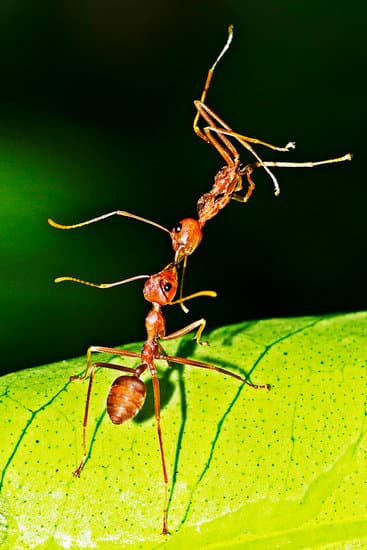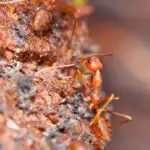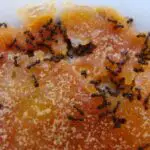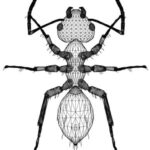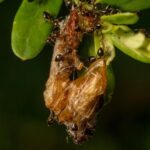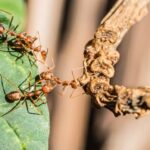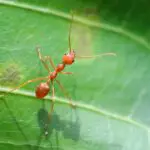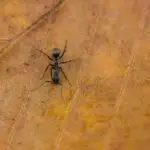How Ants Look Under a Microscope
Observing ants under a microscope is a great way to learn about the anatomy of the insects. It also gives you a glimpse into their lifestyles. Ants are social animals that live in colonies. They have six pairs of appendages, a petiolus, and compound eyes. They are found in most countries around the world.
An ant’s mouth is made up of a lower lip (labium), an upper lip (labrum), and two large upper mandibles. The lower mandibles are known as maxilla. Depending on the species, the ant’s eyes are also different.
Ants have compound eyes that vary in size. The eye is also composed of numerous units known as ommatidia. The eye is also composed of cornea replicas, which can be used to provide information about the shape and size of the eye.
The ant’s wings are usually colorless. They are supported by the thorax, which is divided into three segments. Each segment has two pairs of legs. The wings are divided into irregular veins.
Ants also have a petiolus, which is the structure between the thorax and the abdomen. It allows the ant to bend its abdomen. The petiolus also allows the ant to spray poison. The petiolus can be found in both male and female ants.
When an ant pupae emerges from the cocoon, it looks similar to the adult form. It may even have folded legs. Depending on the species, the pupae will be in a fetal position or appear in a cocoon.
